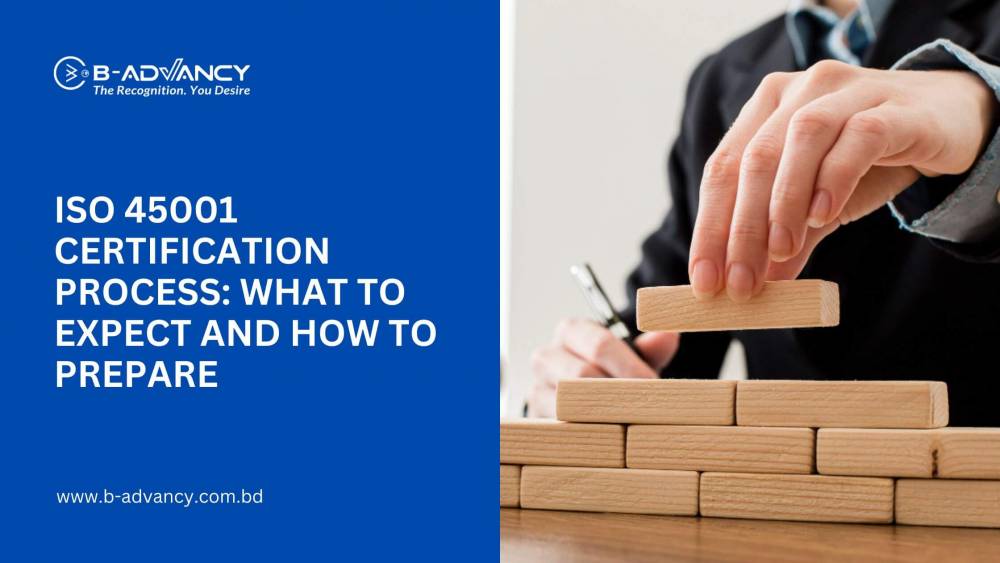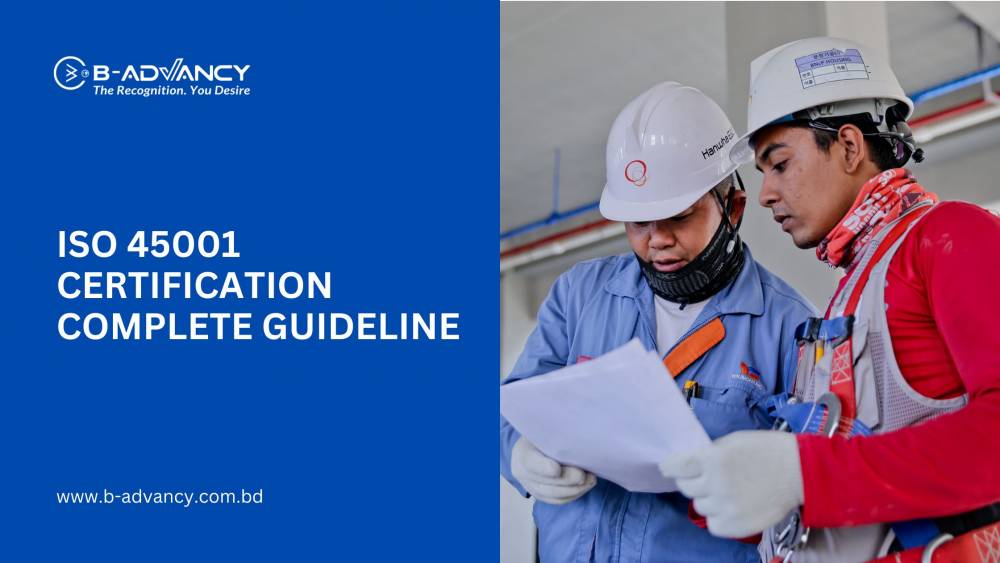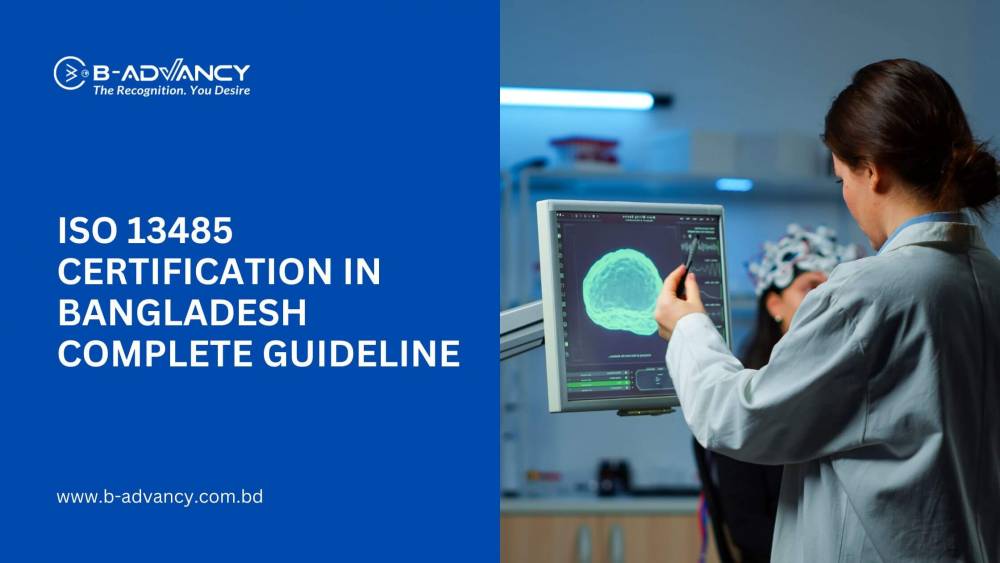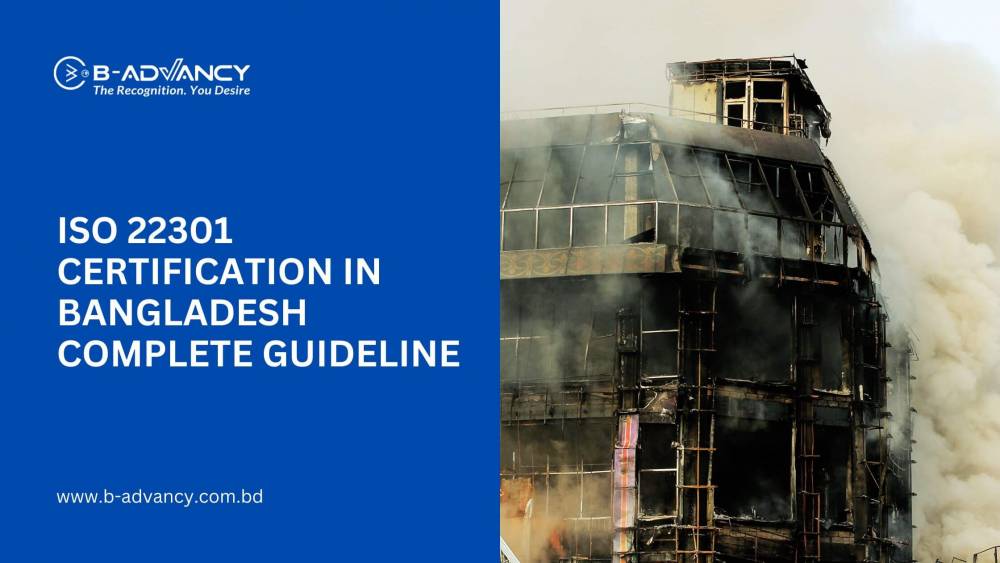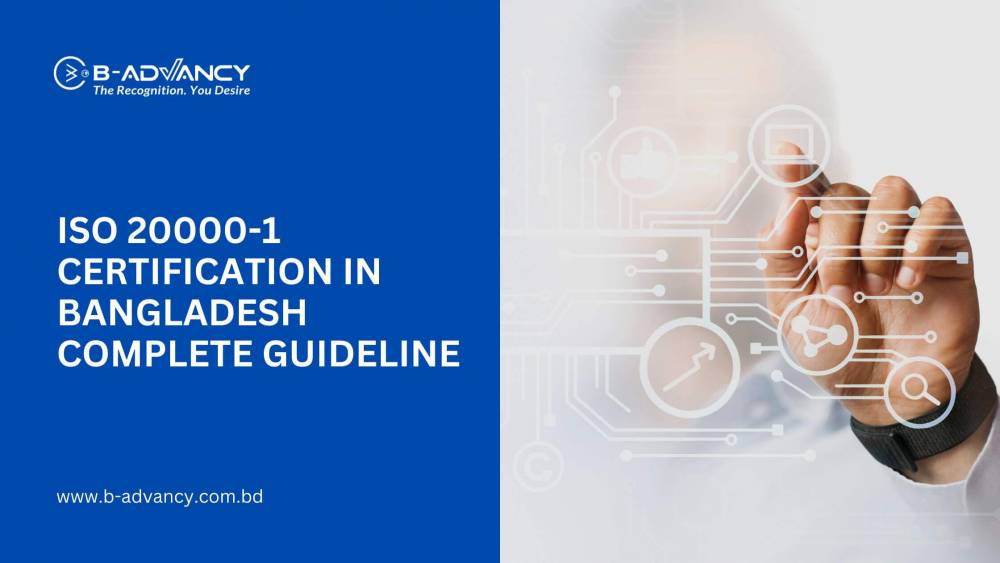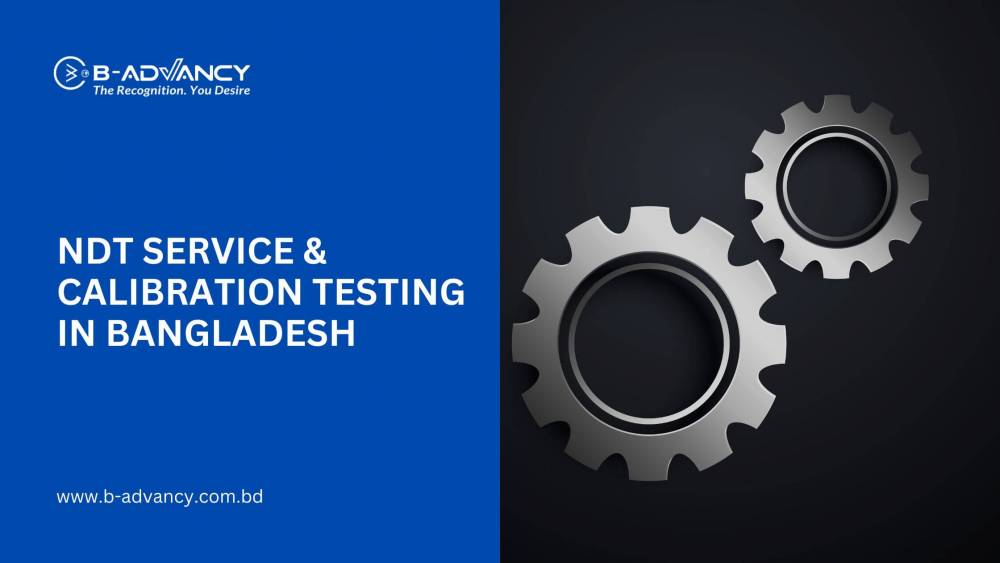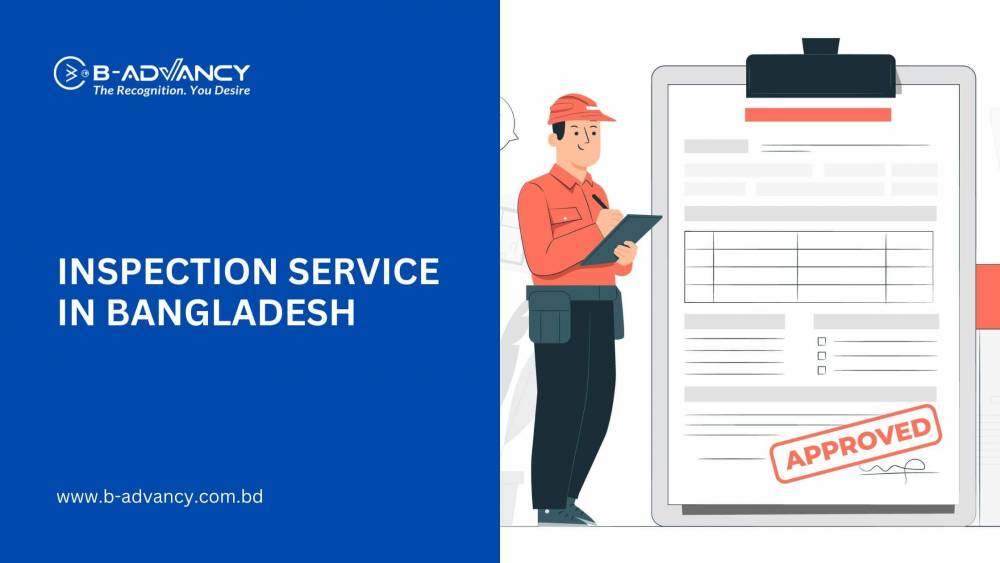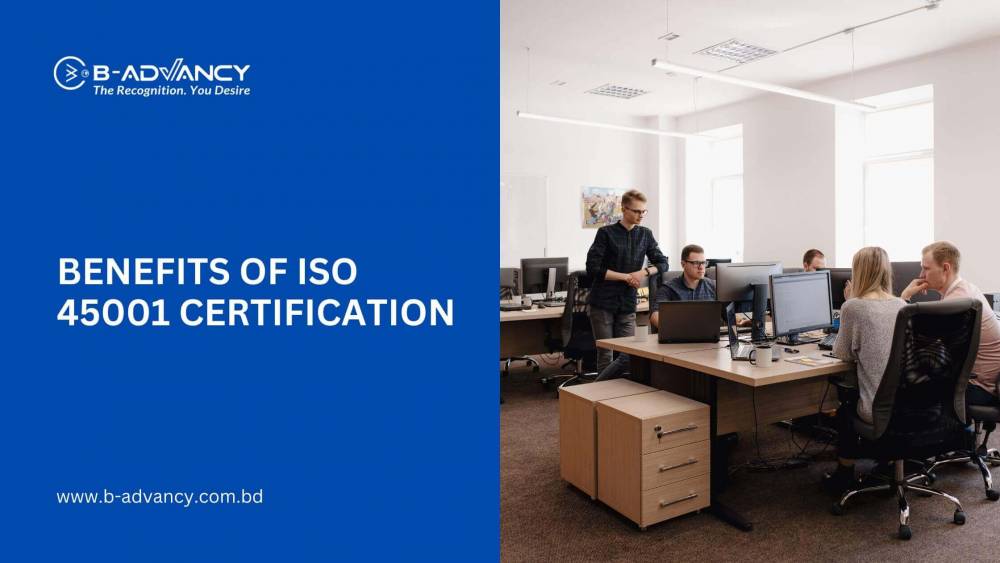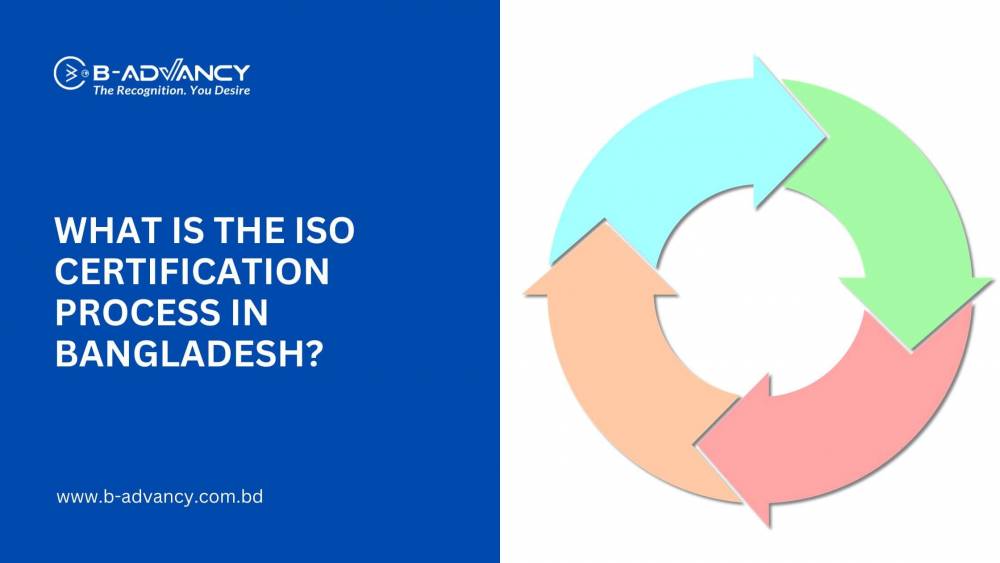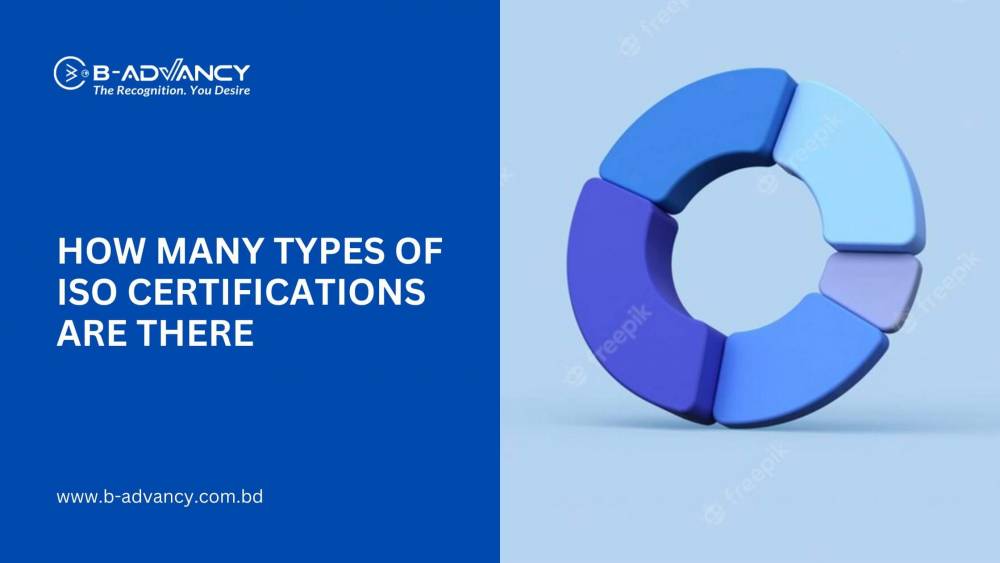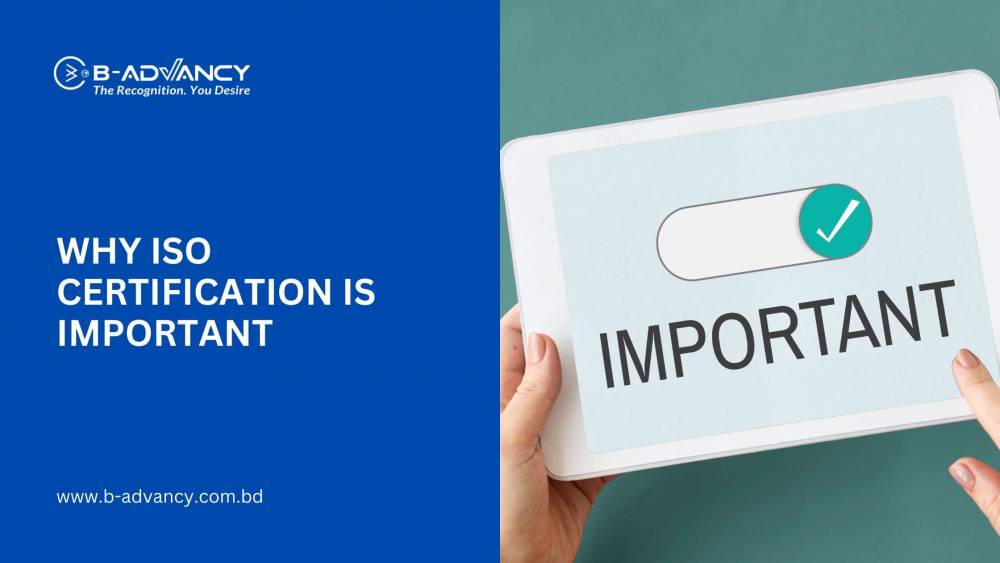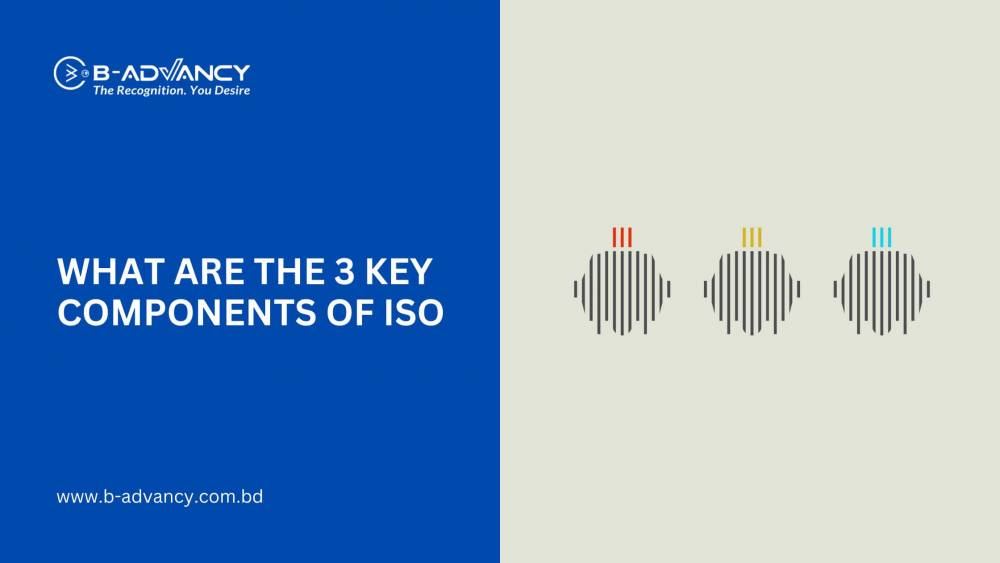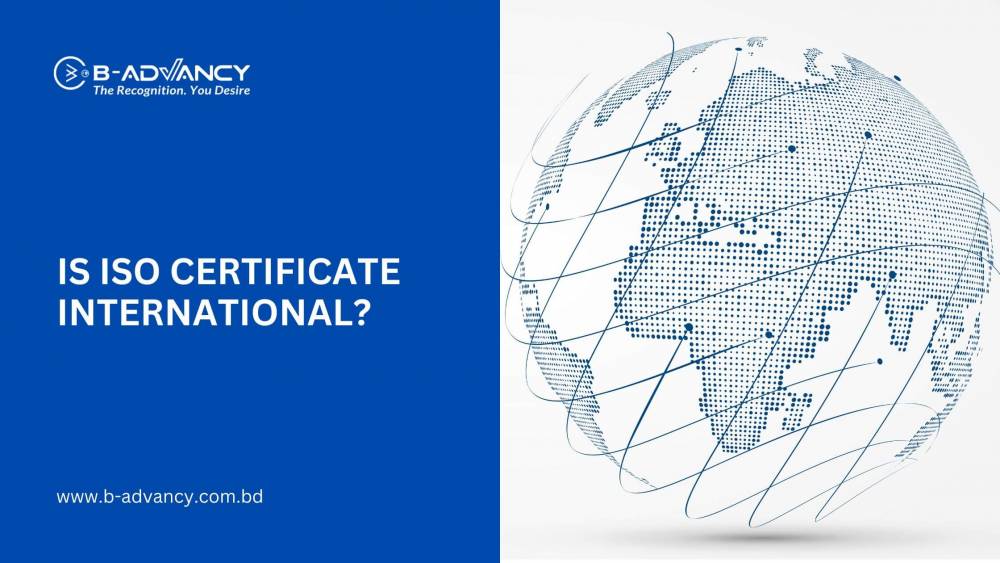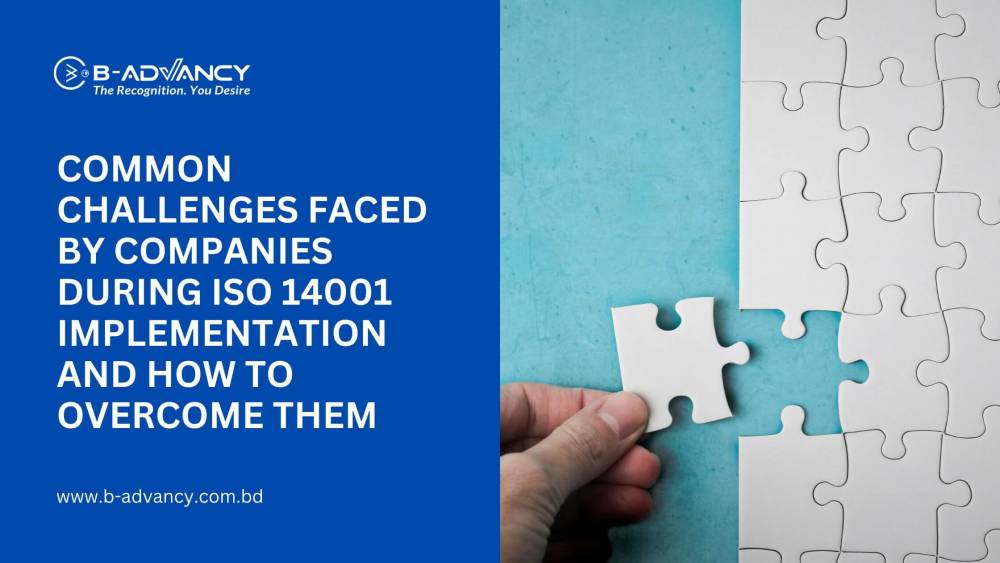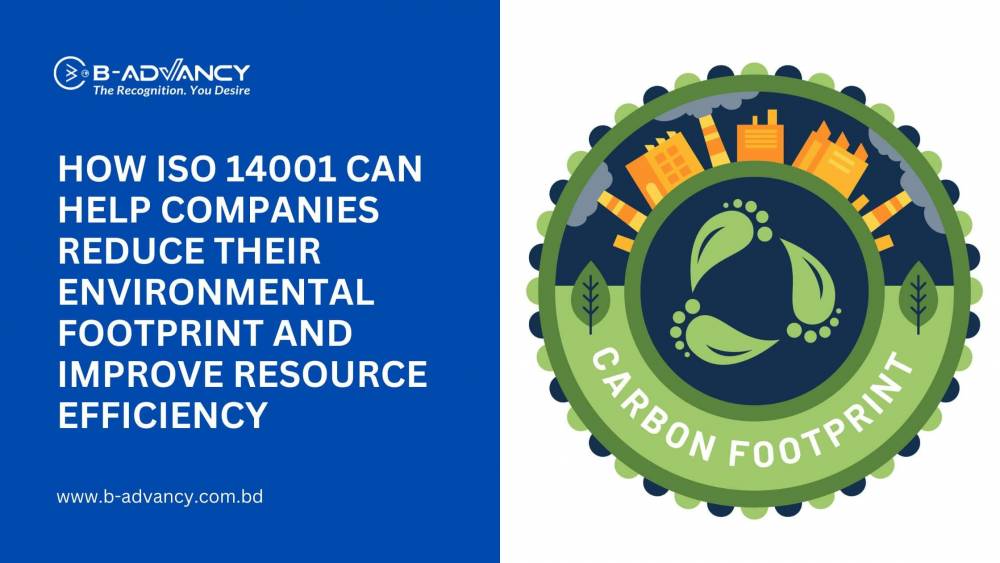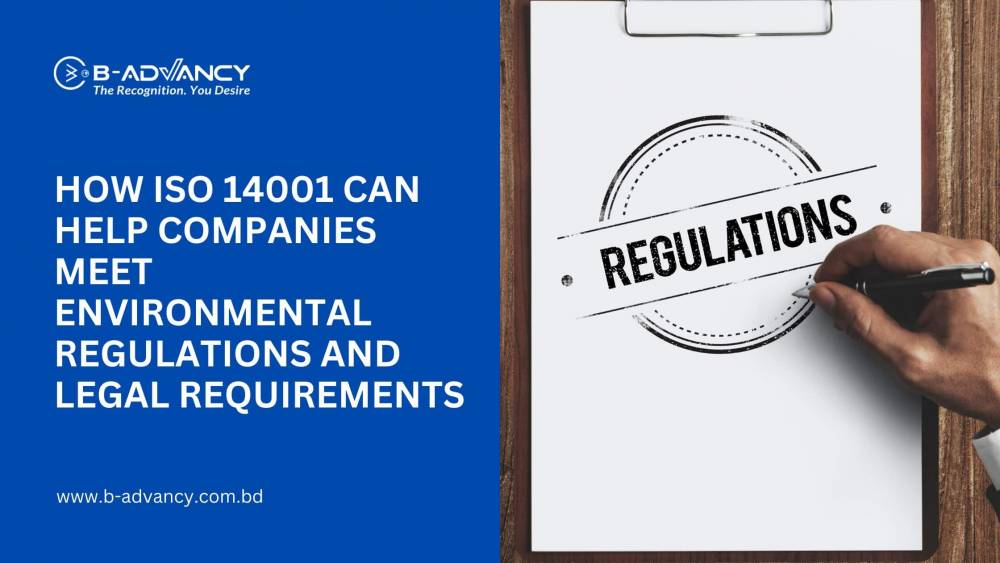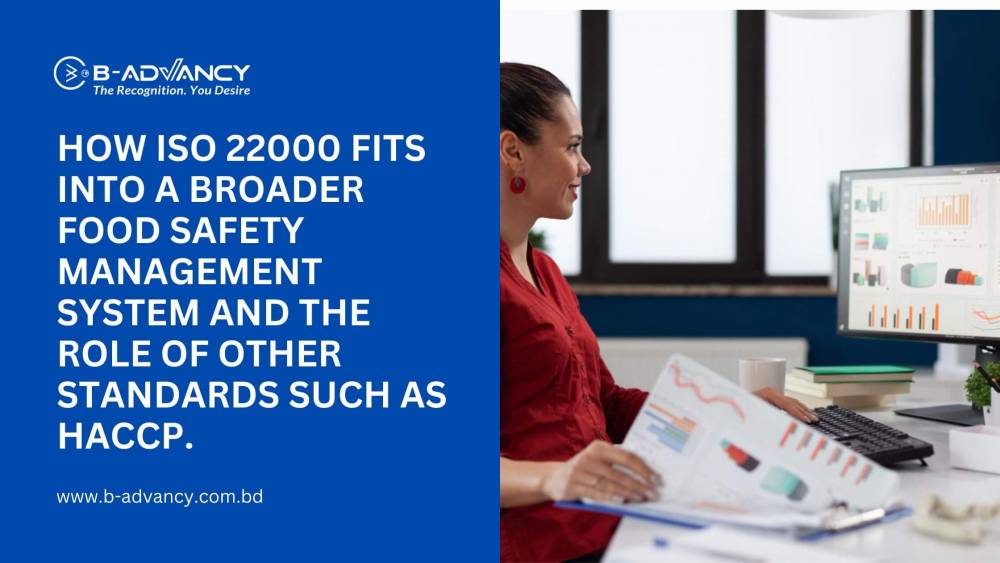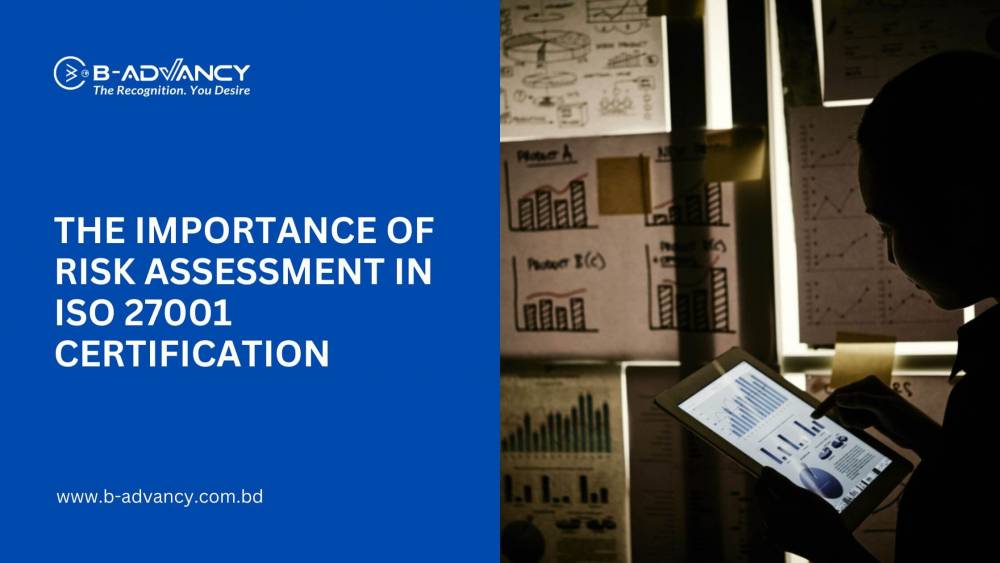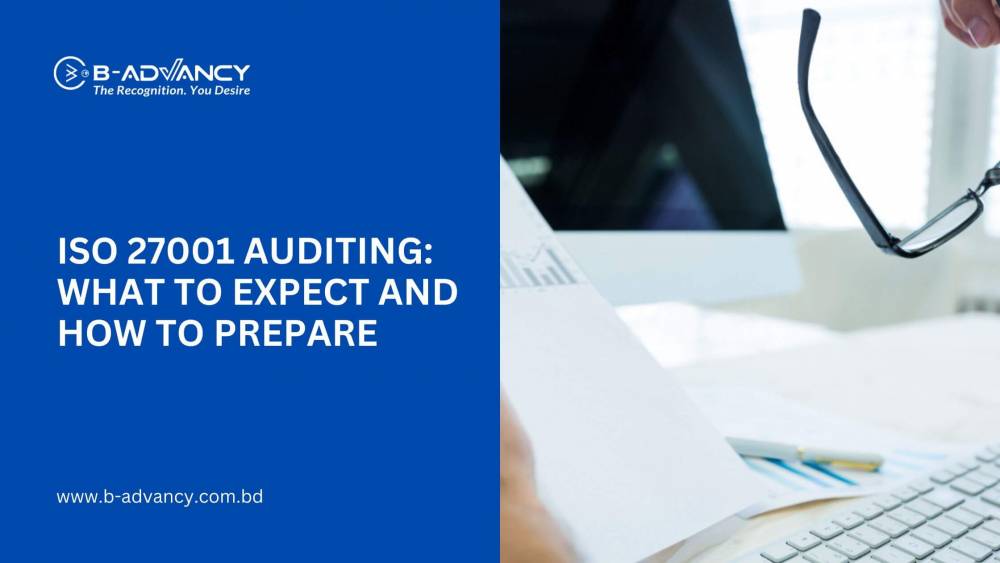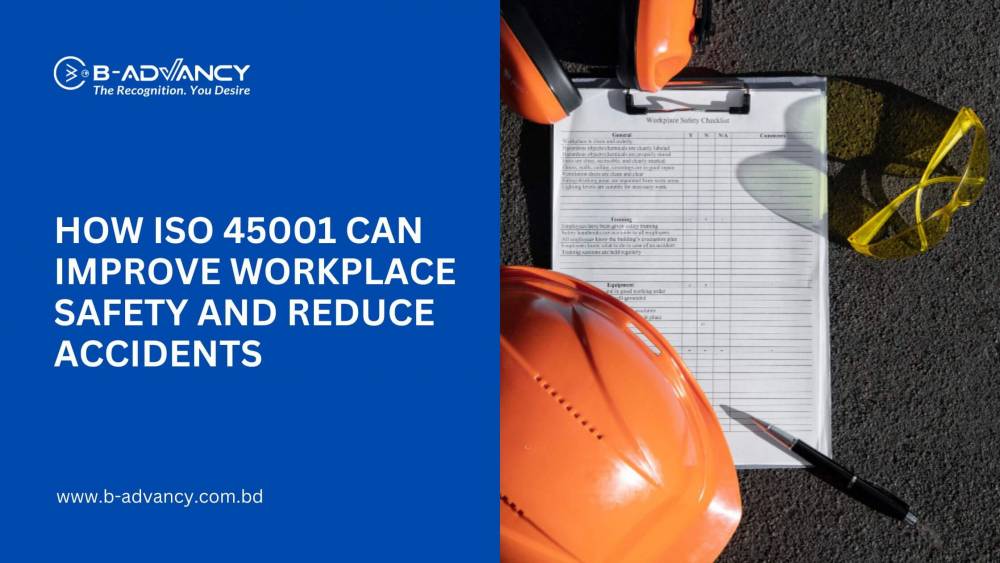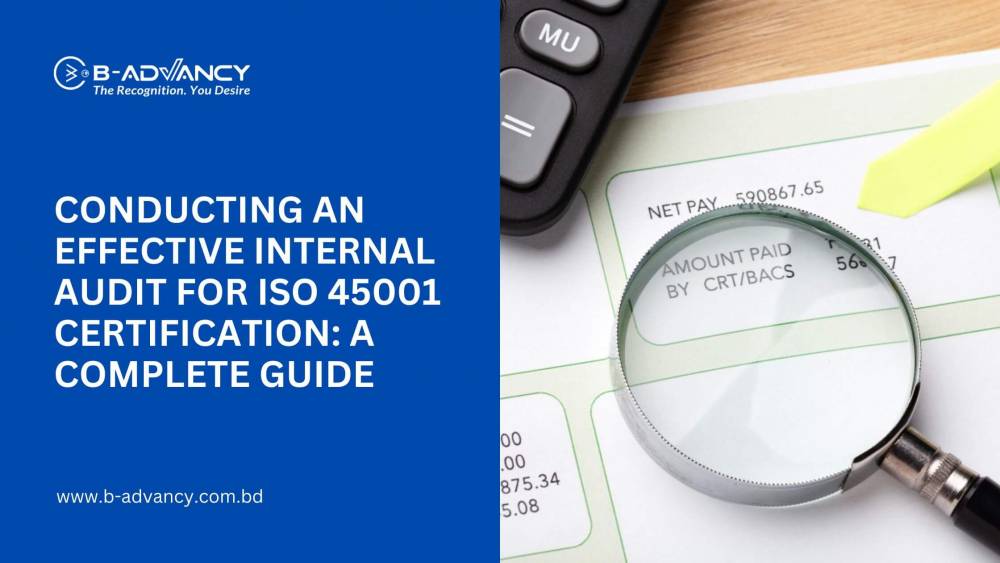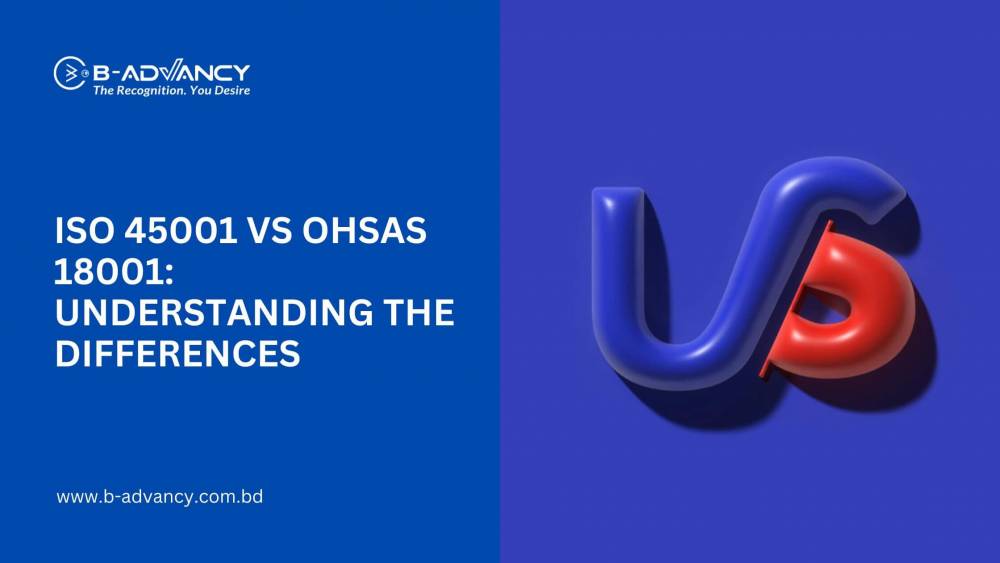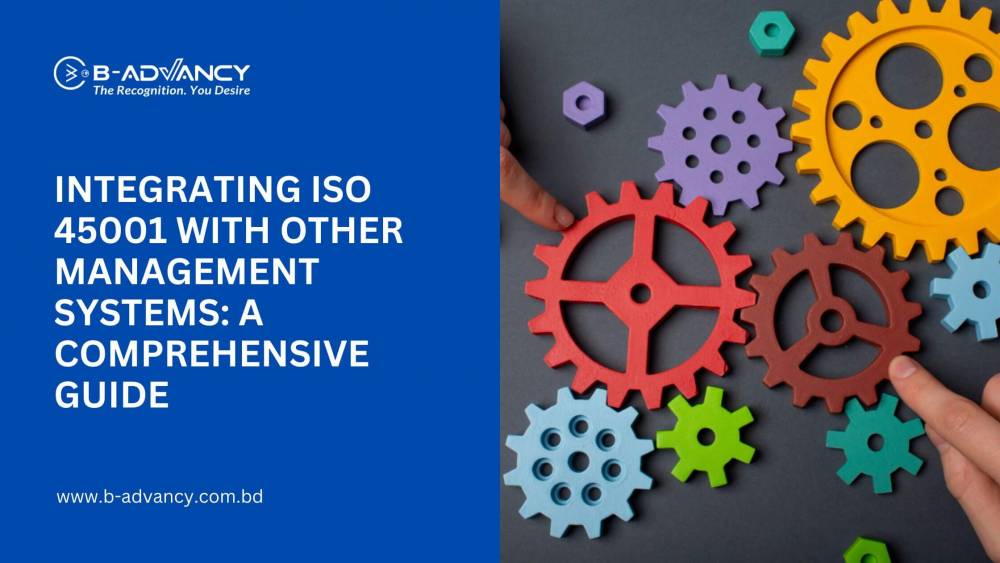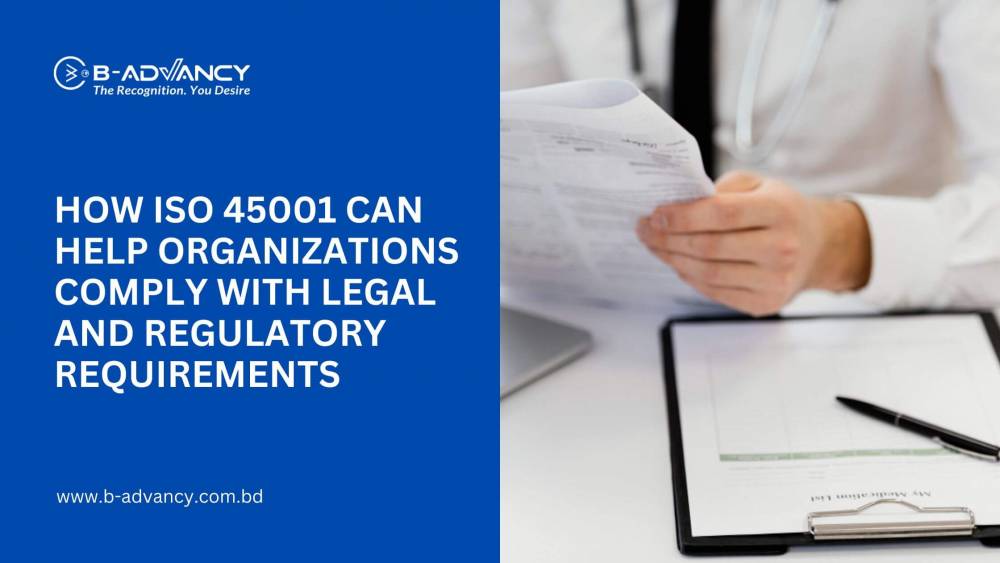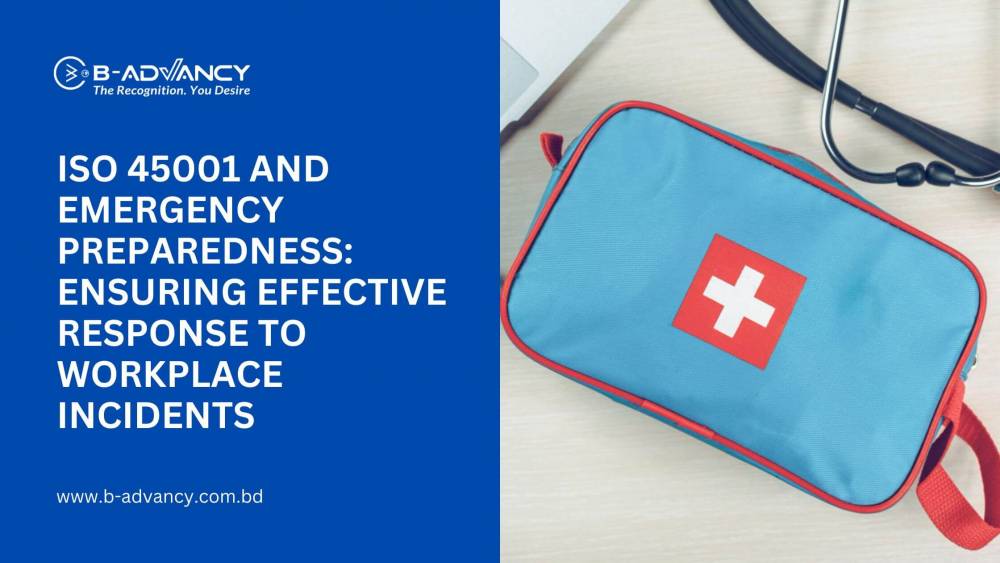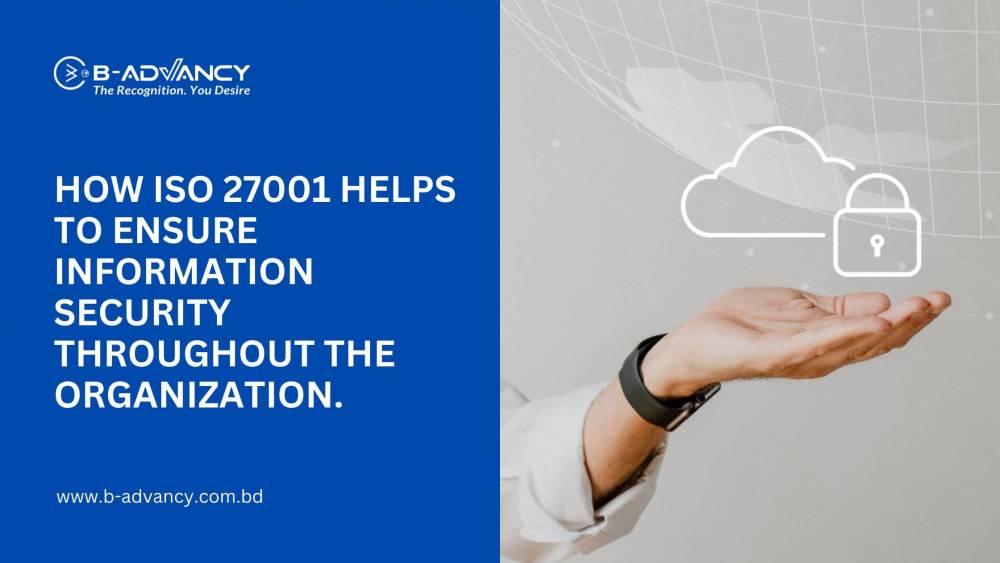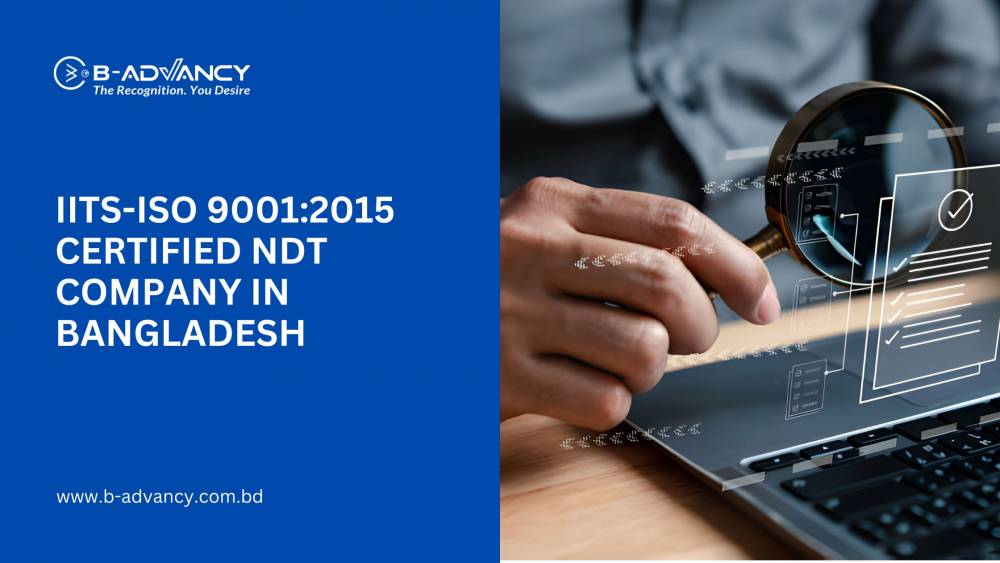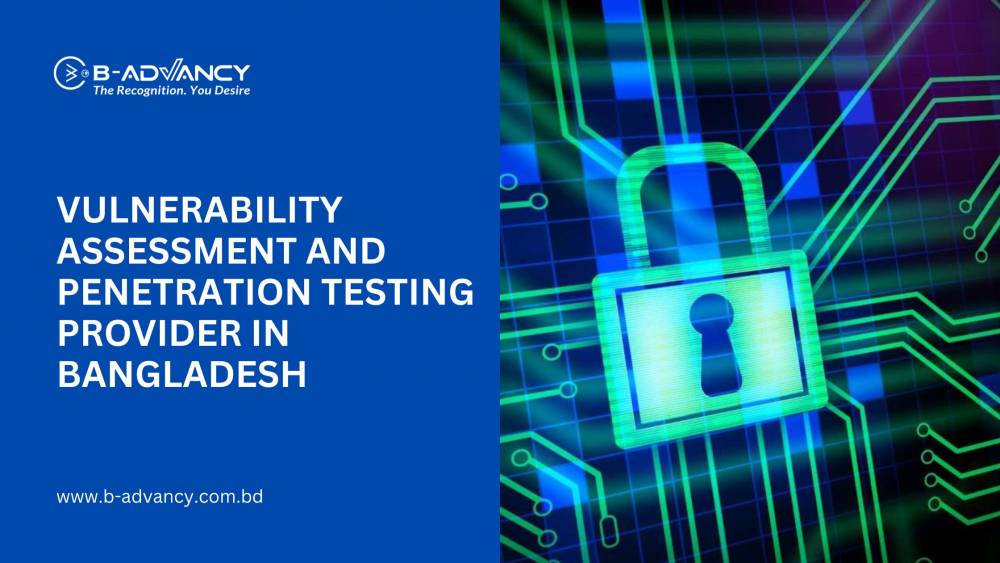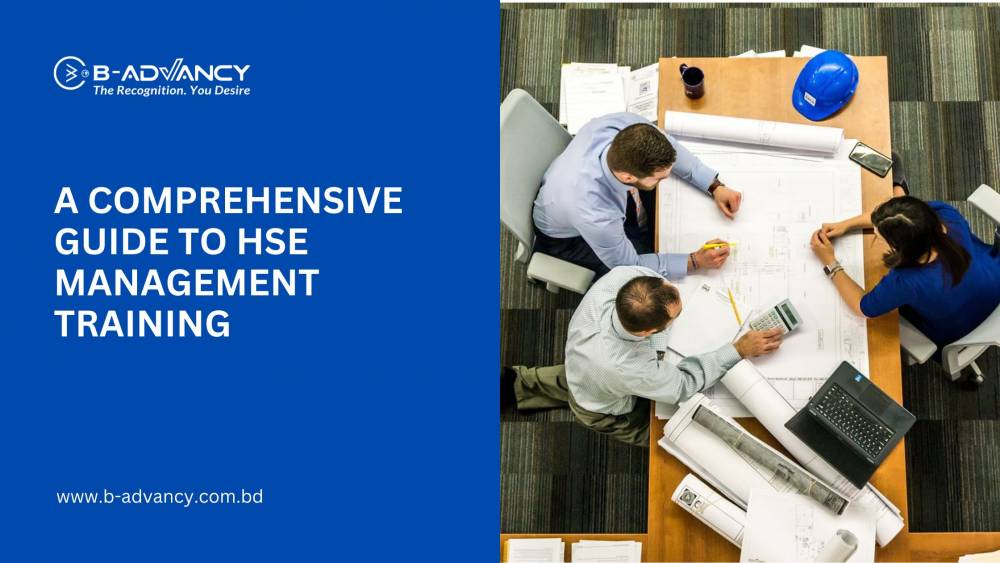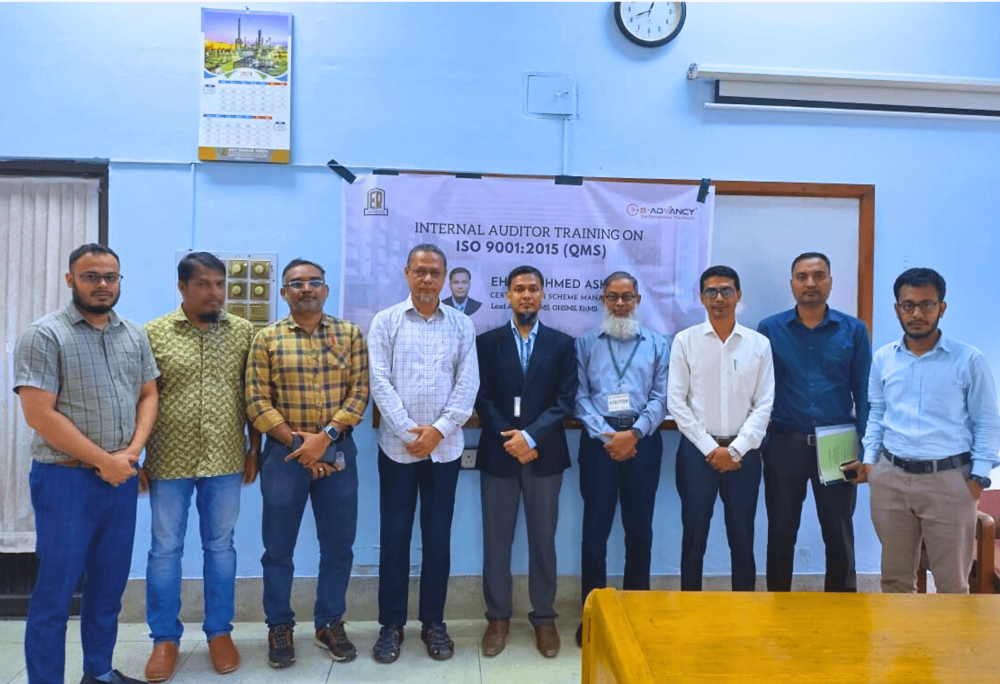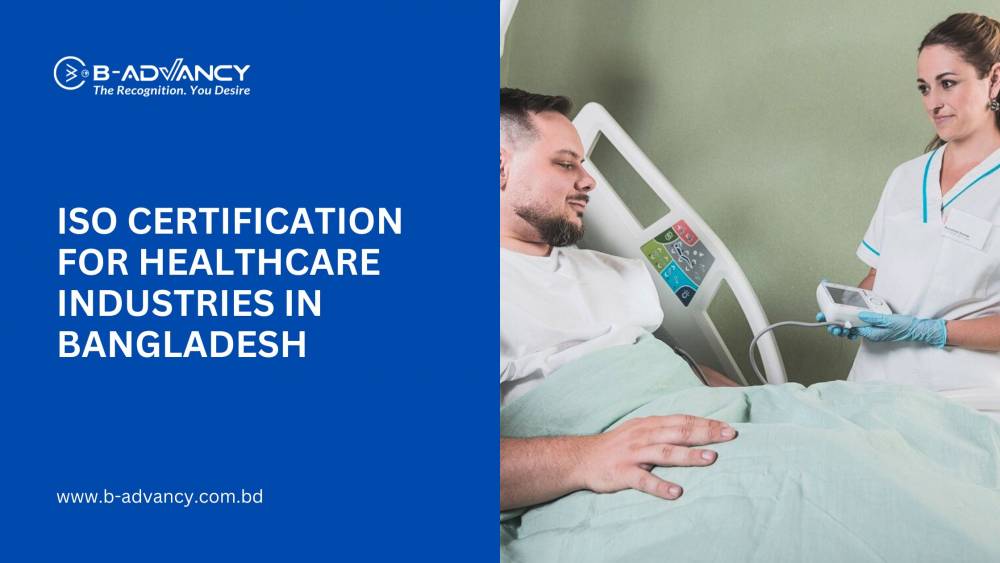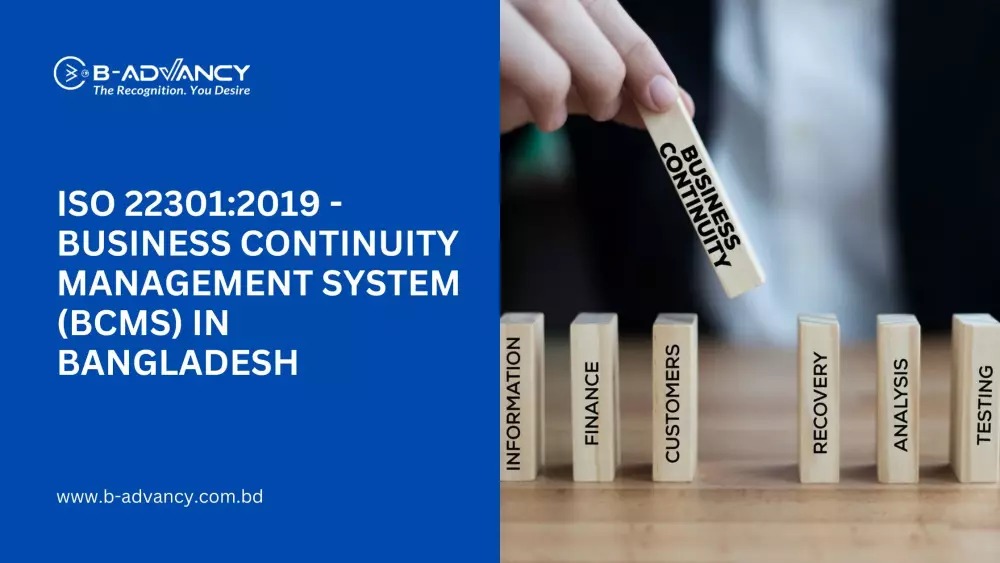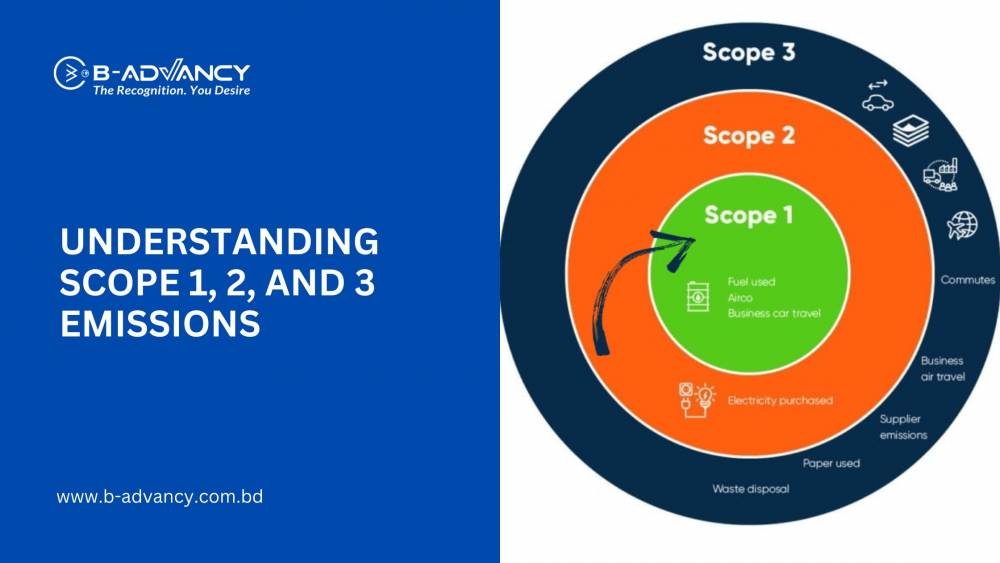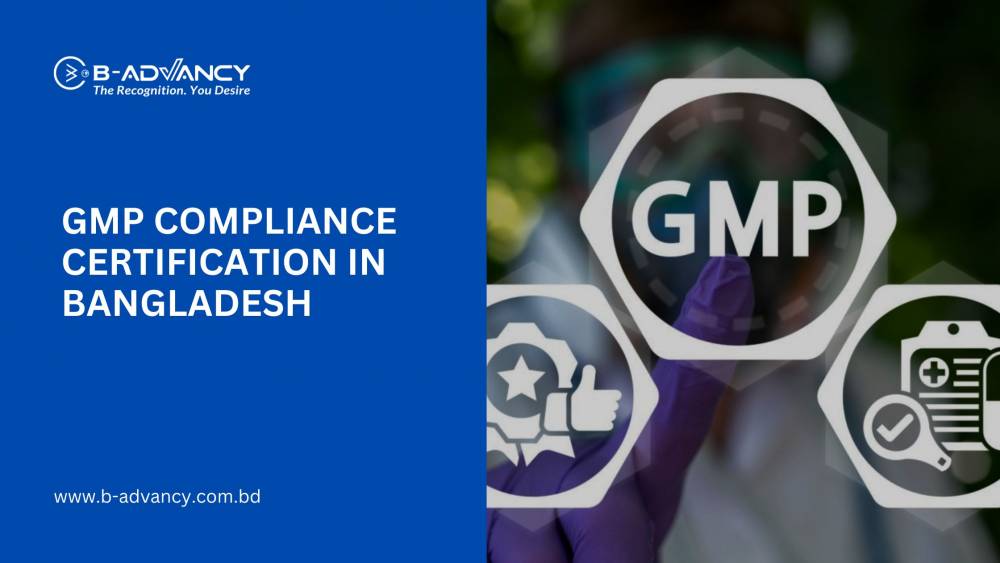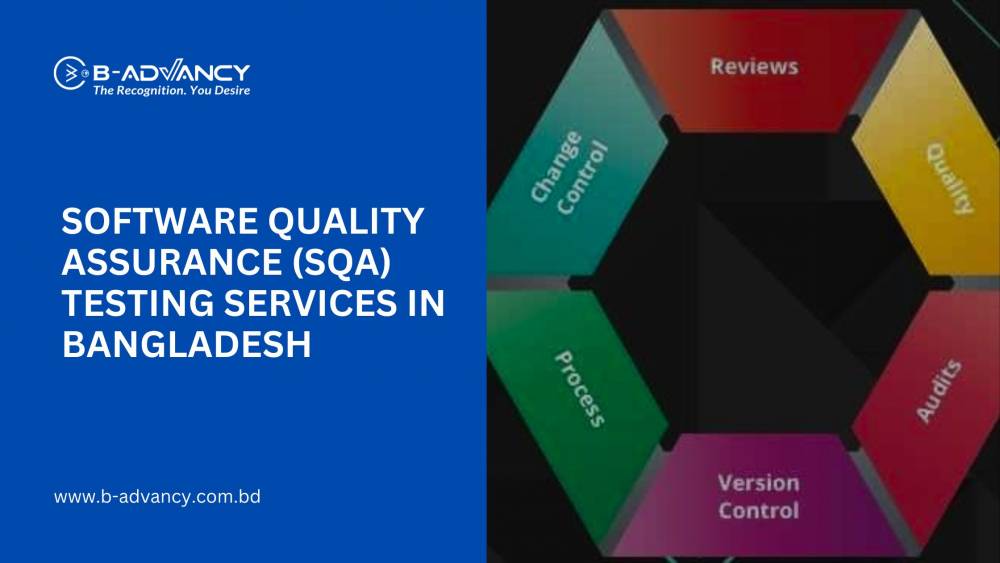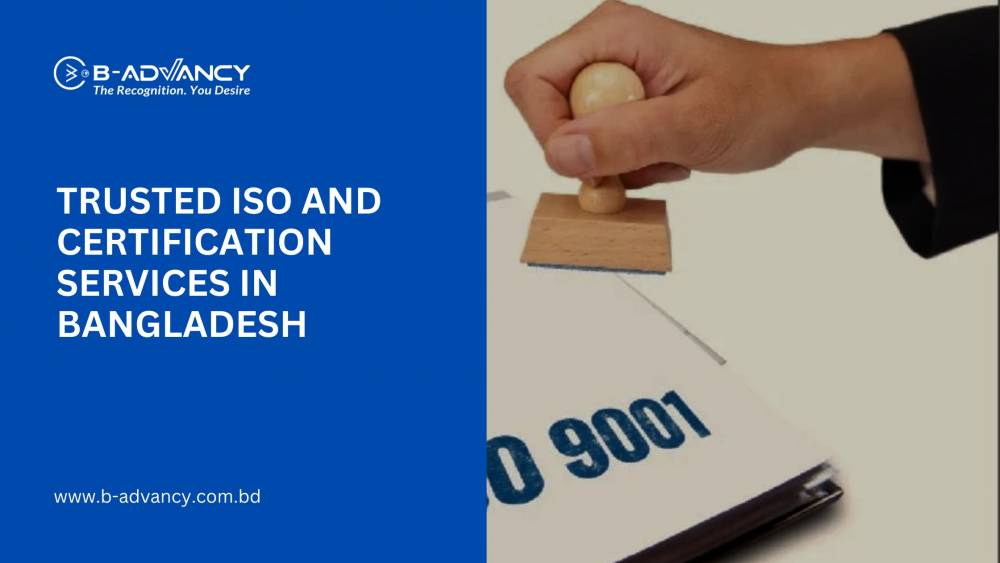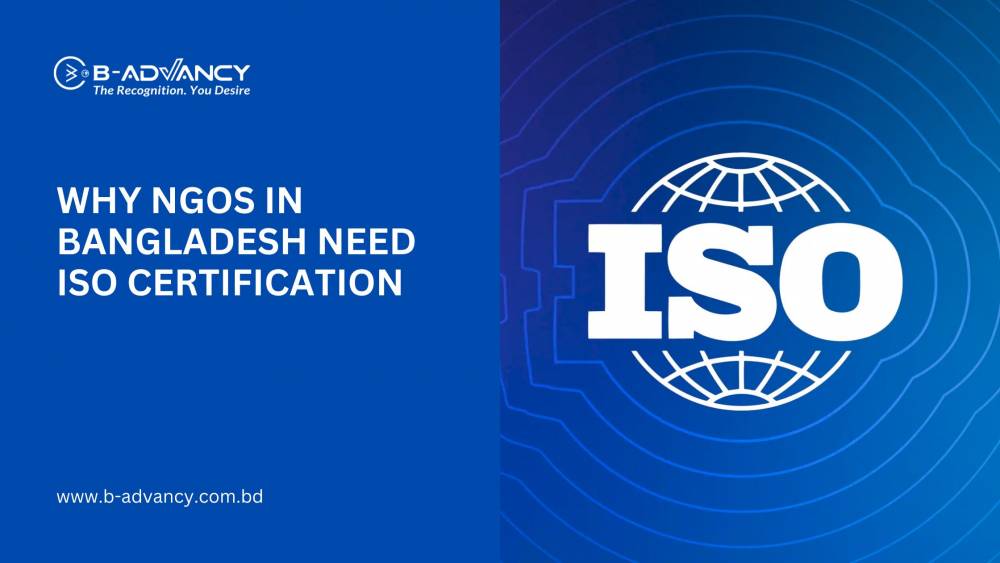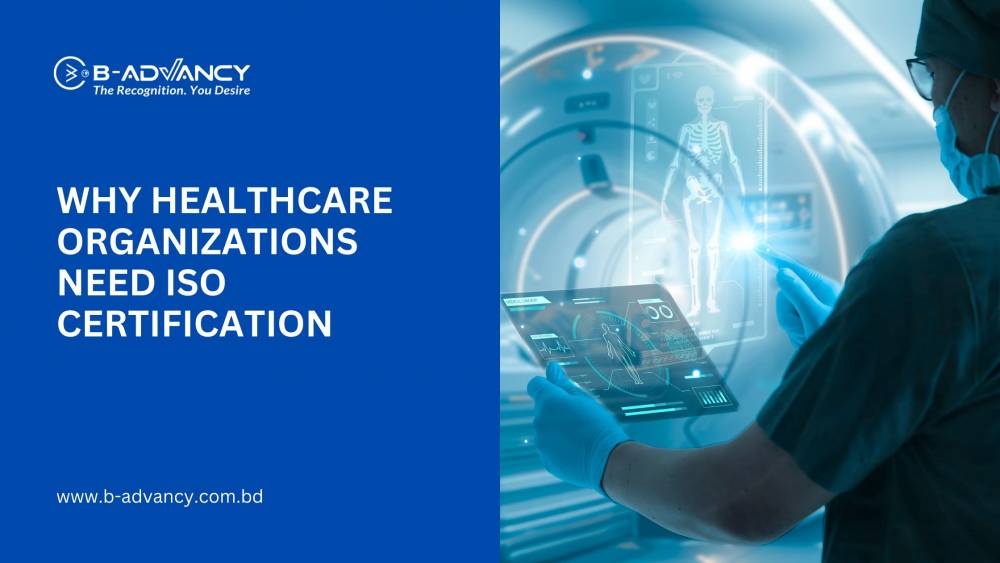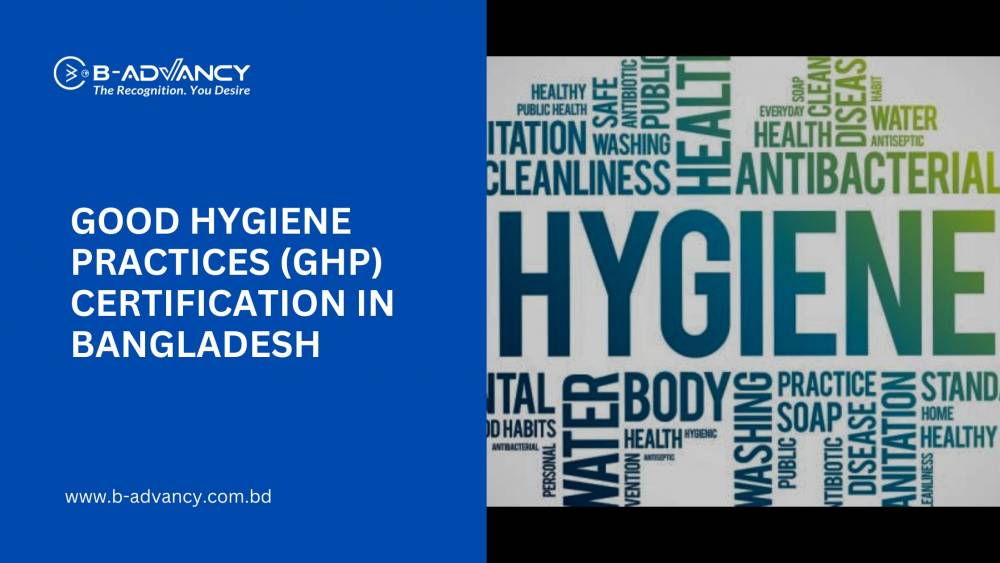If you are a business owner or a manager, you probably know the importance of ensuring the health and safety of your employees. In fact, workplace accidents and illnesses can cost businesses billions of dollars each year in medical expenses, legal fees, and lost productivity. That's where ISO 45001 comes in. ISO 45001 is an international standard that outlines the requirements for an occupational health and safety management system (OHSMS). In this blog post, we'll discuss what to expect from the ISO 45001 certification process and how to prepare for it.
Understanding the ISO 45001 Certification Process
The ISO 45001 certification process can seem overwhelming, but it doesn't have to be. Here are the steps involved in the process:
Develop and Implement an OHSMS: The first step is to develop and implement an OHSMS that meets the requirements of the ISO 45001 standard.
Pre-Audit Assessment: Before you can undergo a certification audit, you should conduct a pre-audit assessment to identify any areas where your OHSMS may fall short of the standard's requirements.
Certification Audit: The certification audit is conducted by a third-party certification body. The auditor will assess whether your OHSMS meets the requirements of the ISO 45001 standard.
Corrective Action: If the auditor identifies any non-conformities, you will need to take corrective action to address them.
Certification: Once your OHSMS is found to be in compliance with the ISO 45001 standard, you will be issued a certification.
How to Prepare for ISO 45001 Certification
Now that you know the steps involved in the certification process, it's time to prepare for it. Here are some tips to help you prepare for ISO 45001 certification:
Identify the Requirements of the Standard: Familiarize yourself with the requirements of the ISO 45001 standard. You can find a copy of the standard on the ISO website.
Conduct a Gap Analysis: Conduct a gap analysis to identify any areas where your current OHSMS may not meet the requirements of the ISO 45001 standard.
Develop an Implementation Plan: Develop an implementation plan to address any gaps identified during the gap analysis.
Train Employees: Train your employees on the new processes and procedures that will be implemented as part of the OHSMS.
Pre-Audit Assessment
The pre-audit assessment is an important step in the ISO 45001 certification process. It helps you identify any areas where your OHSMS may fall short of the standard's requirements. Here are some tips for preparing for a pre-audit assessment:
Assign a Team: Assign a team of employees to conduct the pre-audit assessment.
Review the Standard: Review the requirements of the ISO 45001 standard to ensure you are familiar with them.
Conduct a Mock Audit: Conduct a mock audit to identify any areas where your OHSMS may fall short of the standard's requirements.
Certification Audit
The certification audit is conducted by a third-party certification body. Here are some tips for preparing for a certification audit:
Prepare Documentation: Prepare all the documentation required by the certification body.
Conduct Internal Audits: Conduct internal audits to ensure your OHSMS is meeting the requirements of the ISO 45001 standard.
Assign a Contact Person: Assign a contact person to liaise with the certification body during the audit.
Maintaining ISO 45001 Certification
Maintaining ISO 45001 certification is as important as achieving it. Here are some tips to help you maintain your certification:
Conduct Internal Audits: Conduct regular internal audits to ensure your OHSMS is meeting the requirements of the ISO 45001 standard.
Monitor and Evaluate: Monitor and evaluate your OHSMS to identify any areas where improvements can be made.
Continual Improvement: Continually improve your OHSMS to ensure it remains effective and relevant.
Real-World Statistics and Facts
According to the International Labor Organization, every day, 7,600 people die from work-related accidents or diseases. This translates to over 2.78 million deaths per year. In addition, there are 374 million non-fatal work-related injuries and illnesses each year, resulting in over 4 days of absence from work per affected worker on average.
In the United States alone, workplace accidents and illnesses cost businesses $170 billion each year. Implementing an OHSMS and achieving ISO 45001 certification can help businesses reduce workplace accidents and illnesses, resulting in cost savings and improved productivity.
Conclusion
ISO 45001 certification is not just about meeting a standard; it's about ensuring the health and safety of your employees. Implementing an OHSMS and achieving ISO 45001 certification can help businesses reduce workplace accidents and illnesses, resulting in cost savings and improved productivity. By understanding the ISO 45001 certification process and preparing for it, businesses can ensure the health and safety of their employees while gaining a competitive advantage in the market.

